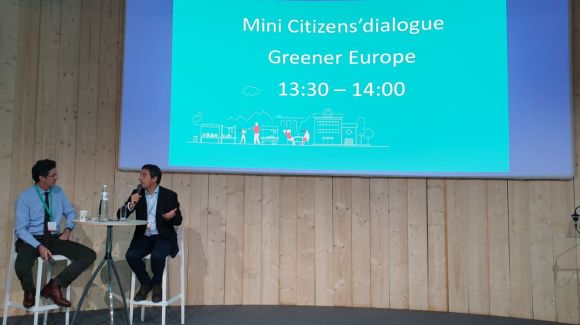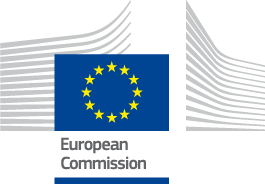
Lisbon should be used as a beacon for cities in Europe as it shows that sustainability and economic development are not adversaries. Green investment and development into sustainable options are more affordable to construct and maintain. Speaking on the Lisbon experience was Duarte Mata, Advisor of Deputy Mayor's Office from Lisbon.
As Europe is moving towards a new radical vision for sustainable development and policy, goals have been set by President-elect for the European Commission, Ursula von der Leyen. Within her first 100 days in office, von der Leyen plans to propose a European Green Deal pointing to the demands of Europe's citizens, especially young voices as motivation. Other intentions are the introduction of carbon tax and a reduction of 40% for carbon emissions, a microplastic strategy, a €1 trillion investment over the next decade through the Sustainable Europe Investment Plan and a climate pack. All of this culminating in a vision for Europe to make it the first climate-neutral continent by 2050.
Duarte Mata offered his insight into green development and investment with reference to his experience in Lisbon, the Green Capital of Europe. The Portuguese city was awarded the 2020 European Green Capital Award after dedicating years of financial resources into water, energy and mobility. Mata believes that although Lisbon isn't the greenest city, they were, "recognised because of the process made with the limited resources available."
The changes made in Lisbon have been received positively by stakeholders in the city who have noticed the development of business spaces. Future goals for the city are to engage with citizens more and offer advantages through communication campaigns. Currently, there are tree-planting campaigns which Mata stated has become a family activity for people in Lisbon. The target for such campaigns is to reduce the temperature in the city and tackle the poor air quality. Over the past two years, the scheme has been successful.
The key elements of a green city, Mata noted were energy and water for Lisbon. Water scarcity has been affecting the city again this year which means water must be pumped from far locations. As part of their Sustainable Action Plan, the goal is to reduce water consumption by 60% by 2030, achieving 42% already. As Lisbon is still a car-centric metropolitan area, they have also proposed to refurbish all sectors of public transport with electric buses and a solar centre plan in the city to charge the buses and the metic fleet of the municipality. As Lisbon is one of the top European city with the most sunshine hours they want to take advantage of this.
Citizens of Lisbon have been driven from the city due to high tourism traffic-driving prices up making housing unaffordable. With multiple cruises of over 50,000 people entering the city each day, the city is trying to work with European projects to make tourism more sustainable. From 2020 they aim to deal with visual barriers, waste growth and energy use from tourism. This will be aided by the €350,000 financial incentive from the European Commission which they received as the Green Capital Award.
There is hope that loan applications to the European Investment Fund for €500 million will deal with mobility, helping plans to decrease the high temperatures, downtown flash floods and social inclusion. Lisbon is dedicated to continuing this Green city era with a focus on public commitment. Lisbon wants to create sustainable but affordable housing for its citizens and will provide free access to public transport or all under 12 years old. Duarte Mata warned to learn from Lisbon, "Do not change beliefs to achieve change but rather incorporate and adjust to fit green into policies." Having a green city that is beautiful is no use when people cannot live in it.
Written by: Shauna Bannon Ward (Ireland)
Edited by: Iskra Tsankova (Bulgaria)



